Maintaining your pool involves several tasks, and understanding the function and maintenance of a pool pump drain plug is crucial. The pool pump drain plug is a small but vital component that allows you to drain water from your pool equipment for various maintenance and repair procedures. This article provides a detailed guide on how to safely remove and replace a pool pump drain plug, ensuring your pool equipment remains in optimal condition. Regular pool maintenance, including checking the pool pump drain plug, can prevent costly repairs and extend the life of your pool system.
Understanding the Importance of the Pool Pump Drain Plug
The pool pump drain plug serves a simple yet critical function: it seals the drain opening at the bottom of your pool pump, preventing water from leaking out during normal operation. When you need to drain the pump housing—either for winterizing, repairs, or pool pump replacement—removing the pool pump drain plug allows the water to empty. A properly functioning pool pump drain plug is essential for maintaining the efficiency and longevity of your pool pump. Ignoring issues such as pump seal leakage or a damaged pool drain cover can lead to significant problems, including pump failure and water damage.
Inspecting the Pool Pump Drain Plug and Surrounding Area
Regular inspection of your pool pump drain plug and its surrounding area is a key part of pool maintenance.
Cracks or damage: Check the pool pump drain plug for any visible cracks, chips, or other signs of physical damage. Even small cracks can compromise the plug's ability to create a tight seal.
Wear and tear: Over time, the material of the pool pump drain plug can degrade due to exposure to pool chemicals and temperature fluctuations. Look for signs of deterioration, such as brittleness or discoloration.
Pump seal leakage: Inspect the area around the pool pump drain plug for any signs of water leakage. This could indicate that the plug is not sealing properly or that the O-ring or gasket is damaged.
Threads: Examine the threads on both the pool pump drain plug and the drain opening. Stripped or damaged threads can prevent the plug from screwing in tightly.
Surrounding area: Check the housing around the pool pump drain plug for cracks or damage. The drain opening itself should be free from debris or corrosion.
How to Safely Remove a Pool Pump Drain Plug
Removing a pool pump drain plug is a straightforward process, but it’s important to follow these safety precautions:
Turn off the pump: Before starting any work on your pool pump, always turn off the power at the circuit breaker. This prevents the accidental starting of the pump while you're working on it.
Relieve pressure: If the pump has been running, allow it to cool down before attempting to remove the pool pump drain plug. This will help reduce any pressure inside the system.
Gather your tools: You'll typically need a wrench or pliers to remove the pool pump drain plug. Make sure you have the right size tool to avoid damaging the plug.
Position a bucket: Place a bucket under the pool pump drain plug to catch any water that spills out when you remove it.
Loosen the plug: Use the wrench or pliers to gently loosen the pool pump drain plug. Turn it counterclockwise. If the plug is stuck, avoid using excessive force, as this could damage the plug or the pump housing. Try applying a penetrating oil to help loosen it.
Remove the plug: Once the pool pump drain plug is loose, carefully unscrew it by hand. Allow the water to drain into the bucket.
Inspect the plug: After removing the pool pump drain plug, inspect it for any damage, such as cracks, worn threads, or a deteriorated O-ring. This will help you determine if you need a pool pump replacement.
Choosing the Right Replacement Pool Pump Drain Plug
Selecting the correct replacement pool pump drain plug is crucial for ensuring a proper seal and preventing leaks.
Know your pump model: The most important factor is to identify the make and model of your pool pump. The pool pump drain plug size and thread type can vary between models.
Check the old plug: If possible, take the old pool pump drain plug with you when purchasing a replacement. This will allow you to directly compare the size, thread type, and material.
Material: Pool pump drain plugs are typically made of plastic or brass. Brass plugs are more durable but may not be compatible with all systems due to galvanic corrosion. Plastic plugs are generally a safe bet, but ensure they are made of a high-quality, chemical-resistant material.
Thread type: Ensure the replacement pool pump drain plug has the same thread type (e.g., NPT, MPT) as the original. Incorrect threads can damage the drain opening.
O-Ring or gasket: Many pool pump drain plugs use an O-ring or gasket to create a watertight seal. Make sure the replacement plug comes with a new O-ring or gasket and that it is made of a compatible material.
Pool drain cover: A pool drain cover ensures no debris enters the pump system.
How to Choose the Right Pool Pump Fittings
Steps to Install a New Pool Pump Drain Plug
Installing a new pool pump drain plug is a simple process if you follow these steps:
Prepare the drain opening: Before installing the new pool pump drain plug, clean the drain opening to remove any debris or corrosion. Use a wire brush or a thread chaser to clean the threads.
Apply thread sealant: Apply a thread sealant tape to the threads of the new pool pump drain plug. This will help create a watertight seal and prevent leaks.
Insert the plug: Carefully screw the new pool pump drain plug into the drain opening by hand. Make sure it goes in straight and doesn't cross-thread.
Tighten the plug: Use a wrench or pliers to tighten the pool pump drain plug. Be careful not to overtighten it, as this could damage the plug or the pump housing. Tighten it until it is snug and the O-ring or gasket is compressed.
Test for leaks: After installing the new pool pump drain plug, turn the pump back on and check for leaks. If you see any water leaking from around the plug, turn off the pump and tighten the plug a bit more. If the leaking persists, there may be an issue with the plug, the O-ring, or the drain opening.
Maintaining Your Pool Pump Drain Plug for Longevity
A well-maintained pool pump drain plug helps prevent leaks and ensures the efficient operation of your pool system throughout the season.
Maintenance Tip | Details |
Regular inspections | Inspect the pool pump drain plug regularly for any signs of damage or wear. Address issues promptly to prevent them from escalating. |
Proper winterization | Remove the drain plug during winterization to fully drain the pump. This prevents freezing damage. Store the plug safely until spring. |
Lubricate the O-ring | Use a silicone-based lubricant on the O-ring periodically to keep it pliable and prevent it from drying out or cracking. |
Avoid harsh chemicals | Avoid using harsh chemicals or abrasive cleaners around the plug, as they may damage the plug or O-ring. |
Gentle handling | Handle the drain plug carefully when removing or installing it to avoid damaging the threads or plug. |
Prompt replacement | Replace the plug immediately if signs of damage or wear are present. A new plug is inexpensive and helps avoid costly repairs. |
How Long Does Pool Equipment Last? A Complete Guide
The pool pump drain plug is a small but critical component of your pool's circulation system. By understanding its function, inspecting it regularly, and following the proper procedures for removal, replacement, and maintenance, you can ensure that your pool pump operates efficiently and reliably for years to come. Whether you need a pool pump replacement or a simple water pump plug replacement, taking the time to do the job right will save you time and money in the long run. USAPoolShop offers a wide range of swimming pool pump and motor parts, including essential components like impellers, gaskets, pump lids, and O-rings, crucial for maintaining optimal pump performance and water circulation.
FAQs
Are pool pump drain plugs universal?
No, pool pump drain plugs are not universal. Always match the plug to the pump brand and model.
Why is my pool pump leaking from the drain plug?
A pool pump drain plug may leak due to a worn-out O-ring, cracked threads, or loose fitting.
Should I use backwash or waste to drain a pool?
Use waste to drain a pool completely. Backwash is for cleaning the filter only.
How to remove a broken plastic drain plug?
To remove a broken plastic drain plug, use needle-nose pliers or a screw extractor to gently twist out the remaining piece.
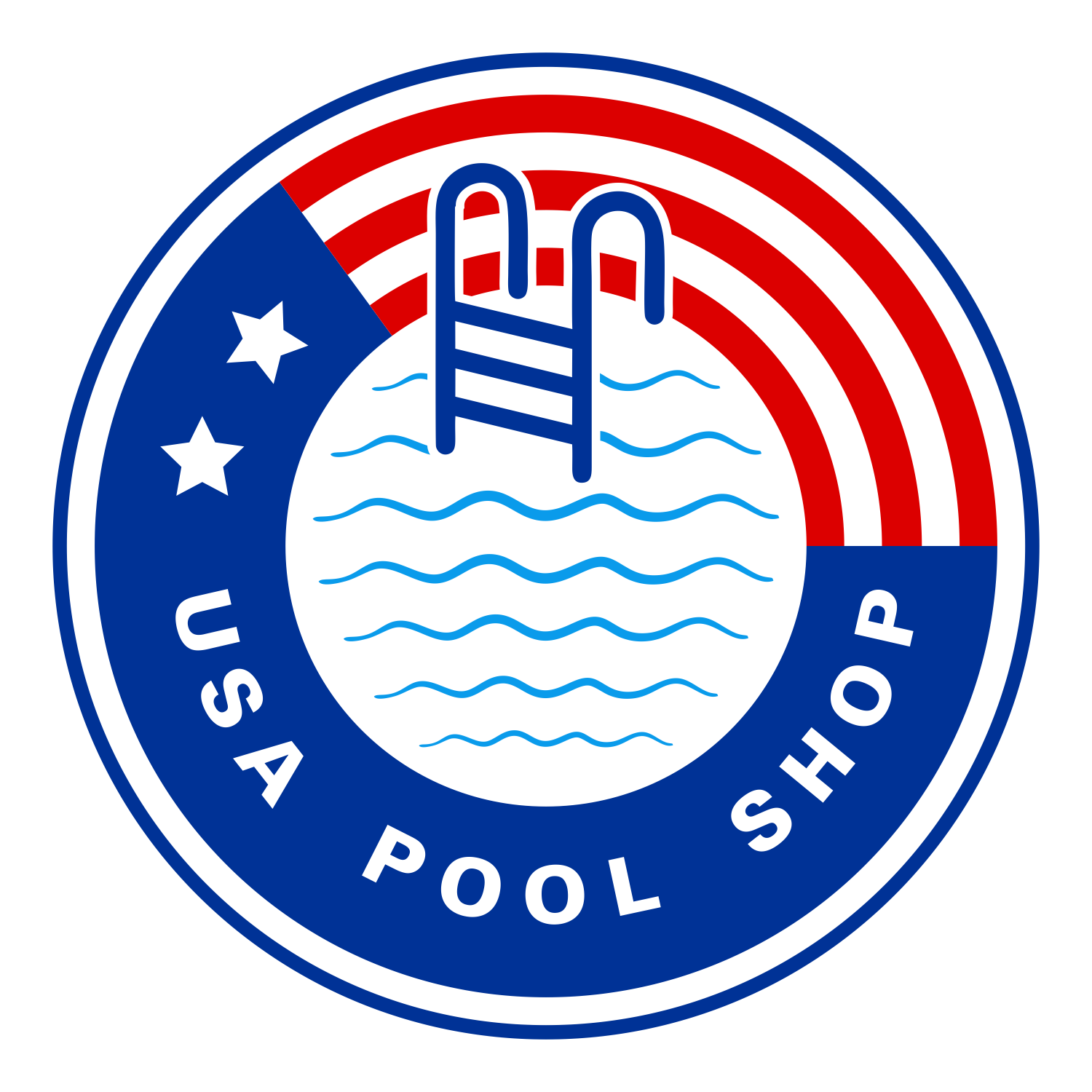
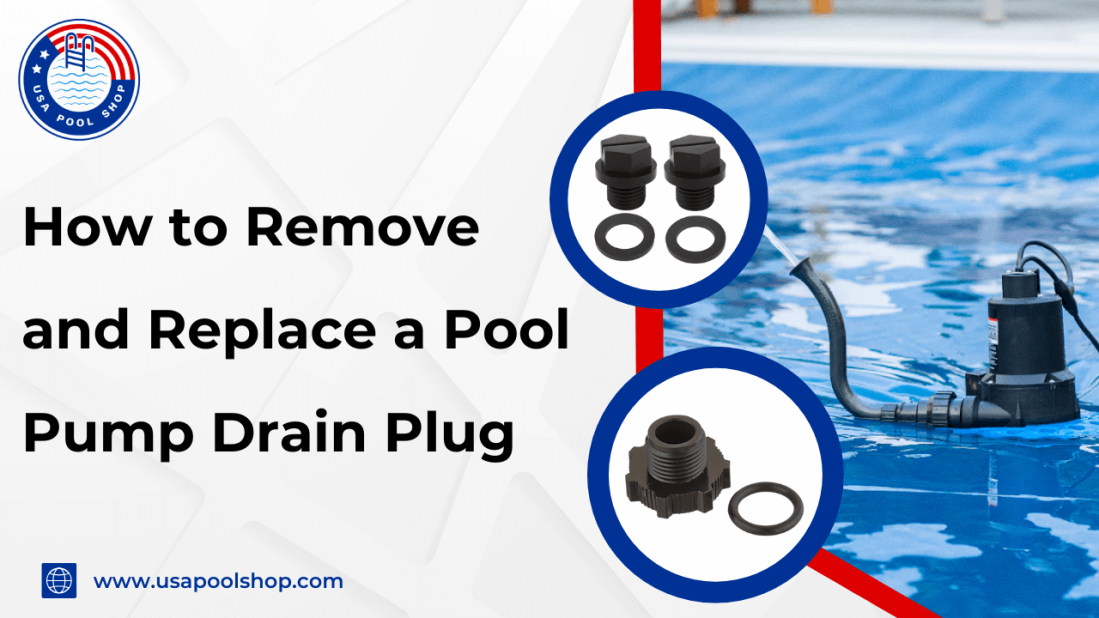


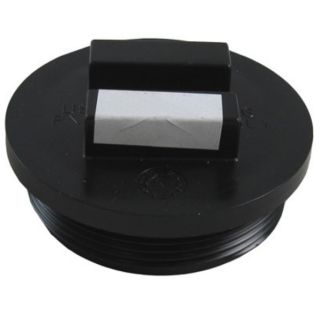
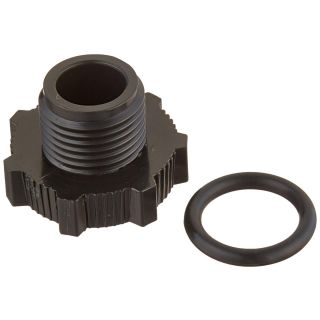
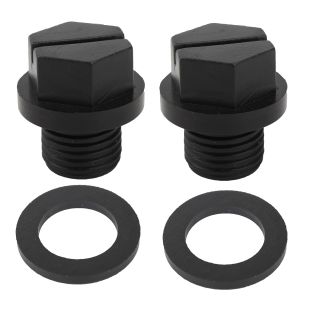
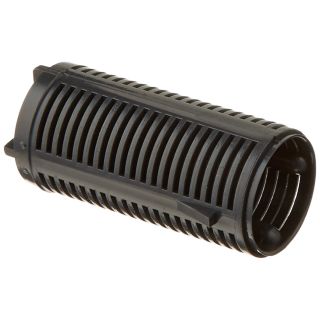
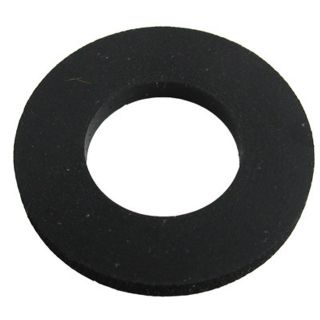

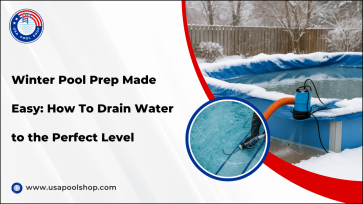


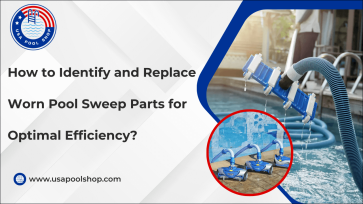
Validate your login